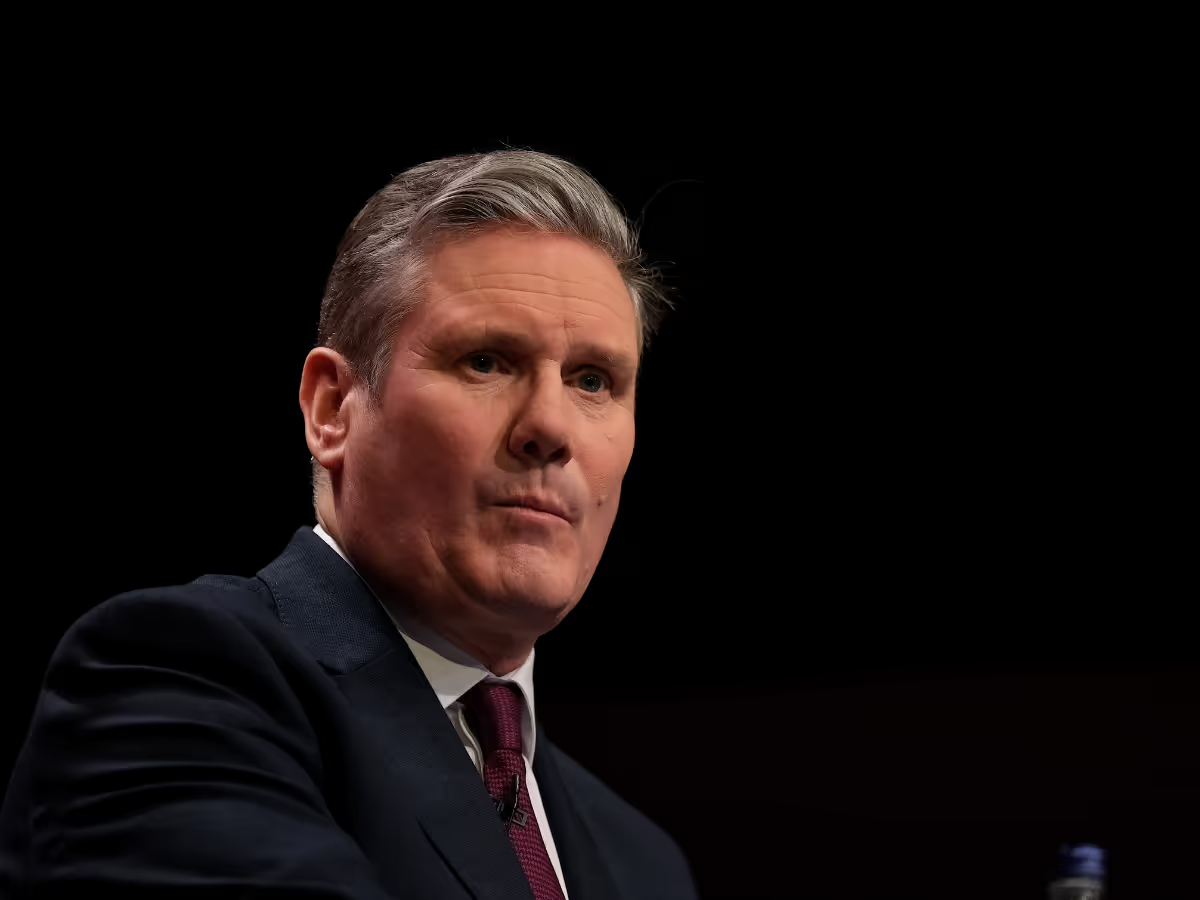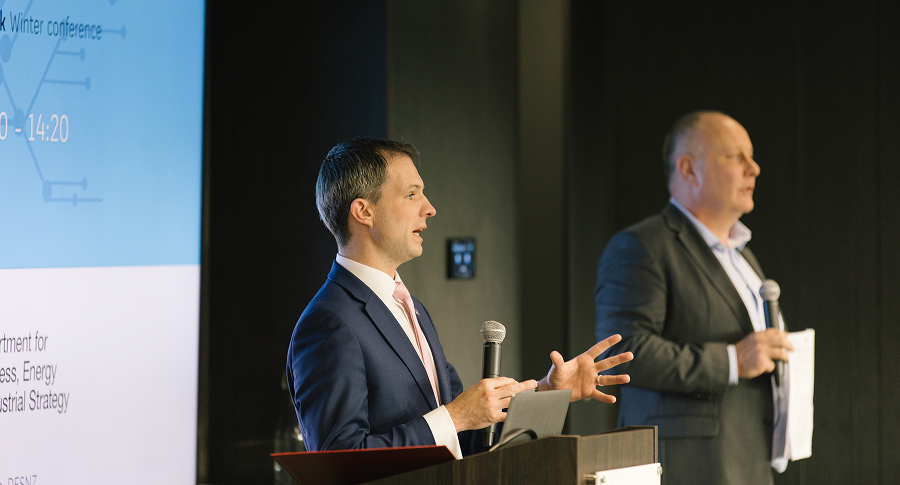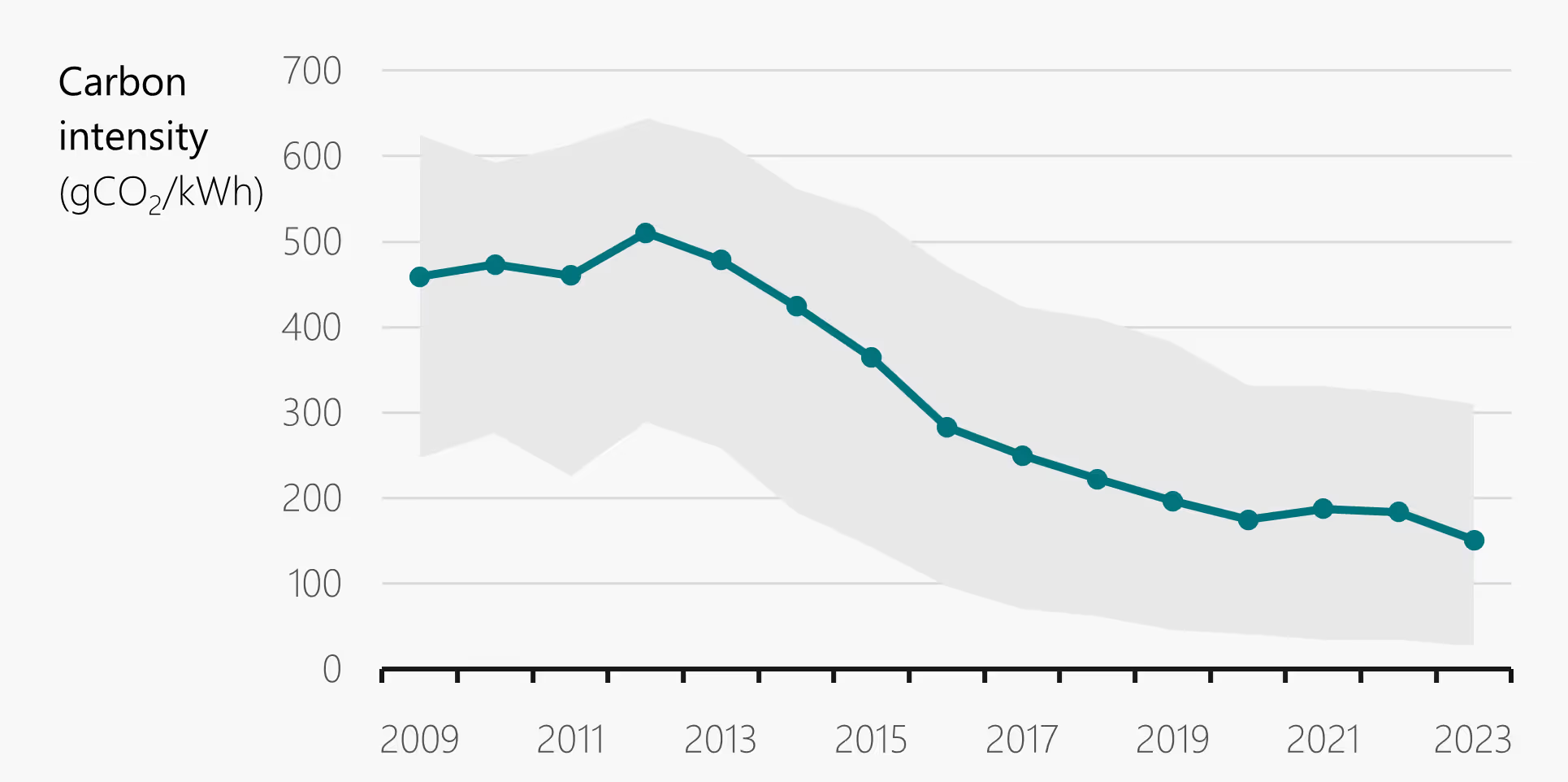With pre-election debate over green energy targets ramping up, we discuss what we actually mean by ‘clean power’ – and why ambition and leadership are equally important.

With pre-election debate over green energy targets ramping up, we discuss what we actually mean by ‘clean power’ – and why ambition and leadership are equally important.

With less than five weeks to run until voters go to the polls, energy has become a predictable battle ground.
Labour’s electricity decarbonisation target of 2030, five years sooner than current plans, has come under fire, with the Conservatives saying it would be impossible to hit. Former head of the CCC Chris Stark is among those supporting the target, saying it would take a ‘Herculean effort’ but could be done.
But amid all the politicking, it’s useful to take a step back and ask what anyone actually means when they talk about clean power.
The carbon intensity of our power has fallen from around 500 gCO2/kWh to 150 gCO2/kWh in the last decade. The ESO’s live dashboard shows emissions today hovering around 50 gCO2/kWh. On 19 April this year it dropped as low as 19g.

The aim of a clean power sector by 2030 or 2035 should be to reduce the level of carbon emissions from electricity generation down to a ‘very low’ level, such that the power sector can support and accelerate the decarbonisation of other sectors, including transport, heat and industry.
The CCC’s ‘Balanced Net Zero Pathway’ sets targets of 46 gCO2/kWh in 2030 and 10 gCO2/kWh in 2035, so broadly anything below 50 gCO2/kWh by 2030 is in line with our carbon budgets and net zero targets.
None of the models of a clean power system envisage decommissioning all gas power stations by 2030 or 2035. The aim is to reduce the use of gas power to a point where it is rarely used and provides an energy security service, e.g. through a Strategic Reserve.
The pipeline of clean energy projects shows that developers and investors are ready to put billions of investment into critical aspects of the decarbonised system, including high levels of flexibility, low-carbon dispatchable generation, storage and interconnectors to neighbouring markets.
The central role of government is to remove barriers and ensure the right signals to the market as to the investment required. Governance of our electricity network infrastructure, planning system and electricity markets have all evolved over time and reform can be complex and slow. Whilst progress is being made in all the key areas of the system, few would disagree that it needs to be faster and more joined up.
There is clearly the appetite to invest in clean energy projects. The real challenge is in the speed at which our network infrastructure, planning system, electricity markets and system operation can adapt to unlock this investment and enable a radically different power system.
In our view change of this speed and scale in such a critical part of the economy as our power system requires strong leadership, a clear plan and a new delivery model.
Yesterday, Sir Patrick Vallance, the government’s former chief scientific adviser, argued that the race to net zero power must be treated with the same urgency as the search for a Covid vaccine. We agree. As Sir Patrick says time to “roll up our sleeves and give it everything we’ve got”.
Sign up to receive our monthly newsletter containing industry insights, our latest research and upcoming events.